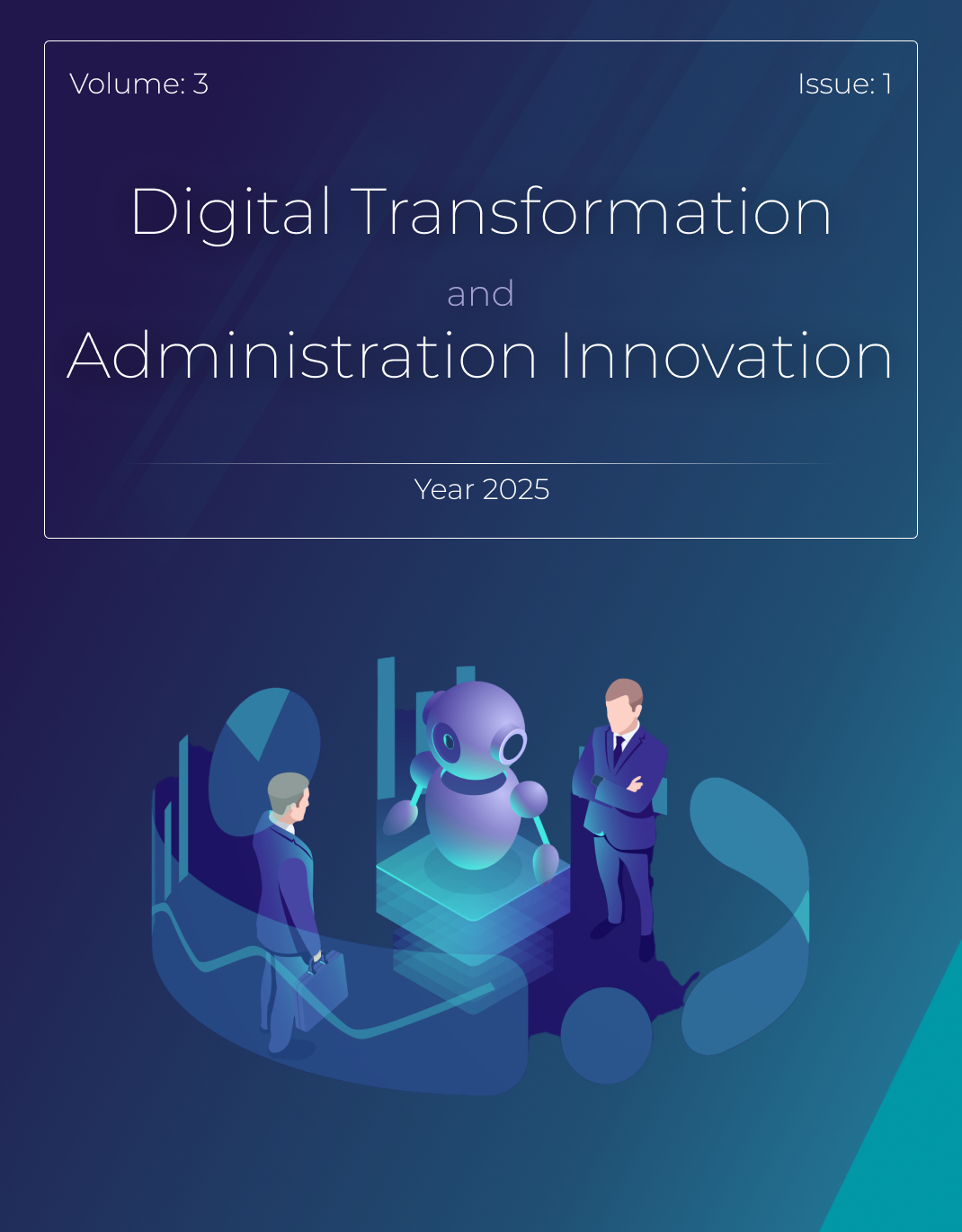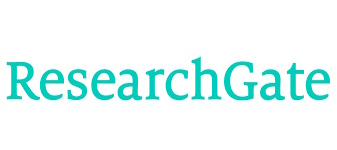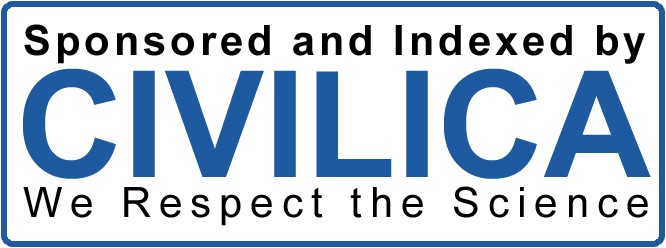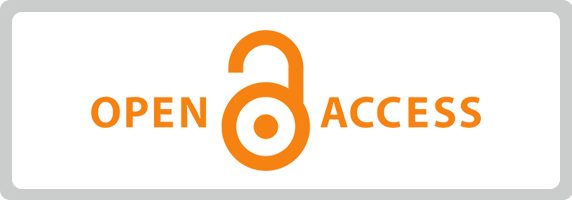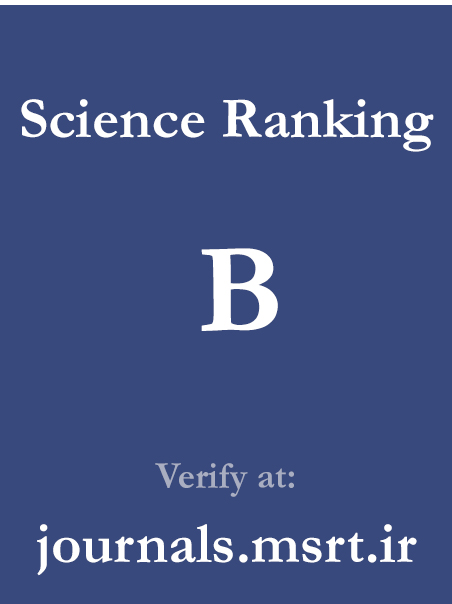Providing a Model for Implementing the Educational Voucher Scheme in Iraq's Education System
Keywords:
Educational vouchers, , Public-private partnership, , Iraq education system.Abstract
The present study aims to identify an appropriate model for implementing the educational voucher scheme in Iraq’s education system and is classified as an applied-developmental and mixed-method (qualitative-quantitative) research. The statistical population included university professors, directors of education departments, and school administrators in Iraq. Qualitative data were collected through semi-structured interviews, while quantitative data were gathered using validated questionnaires. The qualitative findings indicate the presence of structural, economic, legal, cultural, and social challenges as barriers to the implementation of the scheme, while internal and external factors act as facilitators. Moreover, the feasibility assessment of the implementation reveals the necessity of stable economic conditions, socio-cultural homogeneity, and the presence of strong political will. The final implementation model was examined using structural equation modeling (SEM), and content validation was conducted through CVR and CVI indices. The results show a significant relationship between various factors and the components of the implementation model. Based on the findings, the implementation of the educational voucher scheme in Iraq requires the collaboration of all stakeholders, allocation of sufficient budget, and the establishment of appropriate legal and managerial infrastructures. This scheme could pave the way for improving the quality of education and reducing educational inequalities in the country.
Downloads
References
Ahmadi, M., Hazaarjiri, J., Rahimi Adargani, M., & Tabaqiyan Gomi, P. (2023). Culture, Educational Justice, Educational Efficiency: A Meta-Analysis of Studies on Public and Private High Schools. Sociology of Culture and Arts, 5(4), 119-141.
Al-Aboudi, S. (2020). The Constitution of Iraq. Tehran: Chatr-e Danesh Publications.
Ansari, A. (2004). Freedom of Educational Choice from an Economic Perspective and Its Position in Public Education Laws and Regulations. Proceedings of the Conference on Engineering Reforms in Education,
Egalite, A. J., Fusarelli, L., Barriga, M. D., Antoszyk, E., & Stallings, D. T. (2020). Out of pocket? Out of reach: How hidden costs affect participation in a means-tested school choice program. Journal of School Choice, 14(2), 159-189. https://doi.org/10.1080/15582159.2020.1756720
Elacqua, G. (2012). The impact of school choice and public policy on segregation: Evidence from Chile. International Journal of Educational Development, 32, 444-453. https://doi.org/10.1016/j.ijedudev.2011.08.003
Epple, D., Romano, R. E., & Urquiola, M. (2017). School vouchers: A survey of the economics literature. Journal of Economic Literature, 55(2), 441-492. https://doi.org/10.1257/jel.20150679
Farquharson, E., & Yescombe, E. R. (2011). How to engage with the private sector in Public-Private Partnerships in Emerging Markets. The World Bank, Washington, D. C. https://doi.org/10.1596/978-0-8213-7863-2
Henderson, C. B., & Brown, S. M. (2016). The southern manifesto: A doctrine of resistance 60 years later. Journal of School Choice, 10(4), 412-419. https://doi.org/10.1080/15582159.2016.1238732
Kaul, G. (2018). White flight didn't disappear-it just moved to the suburbs. https://www.minnpost.com/politics-policy/2018/03/white-flight-didnt-disappear-it-just-moved-suburbs/
Kline, J. (2016). Expanding educational opportunity through school choice. https://www.govinfo.gov/content/pkg/CHRG-114hhrg98416/html/CHRG-114hhrg98416.htm
Levin, H. M. (2002). A comprehensive framework for evaluating educational vouchers. Educational Evaluation and Policy Analysis, 24(3), 159-174. https://doi.org/10.3102/01623737024003159
Magness, P., & Surprenant, C. W. (2019). School vouchers, segregation, and consumer sovereignty. Journal of School Choice, 13(3), 410-434. https://doi.org/10.1080/15582159.2019.1591157
Mannan, Z. (2014). Public Private Partnership in higher education in Bangladesh: A study of stakeholders' conceptualization and critical success factors. Journal of Business, 35(1), 55-83. https://www.researchgate.net/publication/350818594_Public_Private_Partnership_in_Higher_Education_in_Bangladesh_A_Study_of_Stakeholders%27_Conceptualization_and_Critical_Success_Factors
Morgan, C., Petrosino, A., & Fronius, T. (2015). The impact of school vouchers in developing countries: A systematic review. International Journal of Educational Research, 72, 70-79. https://doi.org/10.1016/j.ijer.2015.04.010
Ngabo, F., Anatole, M., Drobac, P. C., Mpunga, T., & Nutt, C. T. (2014). Enhancing formal educational and in-service training programs in rural Rwanda: A partnership among the public sector, a nongovernmental organization, and academia. Academic Medicine, 89(8), 1117-1124. https://doi.org/10.1097/ACM.0000000000000376
Patrinos, H. A. (2013). Private education provision and public finance: the Netherlands. Education Economics, 21(4), 392-414. https://doi.org/10.1080/09645292.2011.568696
Rah Najat, M., & Negarestani, M. H. (2024). Examining Educational Justice in Light of the Law on the Establishment and Management of Private Schools and Educational Centers. Public Policy Quarterly, 10(1), 143-157.
Rahimi, M. K., Shafaghat, T., Beiginia, A., & Jafari, H. (2022). Investigating the Marketing Status of Healthcare Tourism of Selected Public and Private Hospitals in Yazd in 2021 [Research(Original)]. Journal of health research in community, 8(1), 60-68. http://jhc.mazums.ac.ir/article-1-697-en.html
Srivastava, P., & Walford, G. (2016). Non-state actors in education in the Global South. Oxford Review of Education, 42(5), 491-494. https://doi.org/10.1080/03054985.2016.1217695
Twinomuhwezi, I. K., & Herman, C. (2020). Critical success factors for Public-Private Partnership in universal secondary education: Perspectives and policy lessons from Uganda. International Journal of Educational Administration and Policy Studies, 12, 133-146. https://doi.org/10.5897/IJEAPS2020.0656
Wilson, D., & Bridge, G. (2019). School choice and the city: Geographies of allocation and segregation. Urban Studies. https://doi.org/10.1177/0042098019843481
Wylie, C. (1998). Can Vouchers Deliver Better Education? A Review of the Literature, With Special Reference to New Zealand. New Zealand Council For Education Research Wellington. https://www.nzcer.org.nz/research/publications/can-vouchers-deliver-better-education-review-literature-special-reference-new-
Yun, S., Jung, W., Han, S. H., & Park, H. (2015). Critical organisational success factors for Public-Private Partnership projects - A comparison of solicited and unsolicited proposals. Journal of Civil Engineering and Management, 21(2), 131-143. https://doi.org/10.3846/13923730.2013.802715
Zeng, Y., Yuan, J., Skibniewski, M. J., & Li, Q. (2009). Selection of Performance Objectives and Key Performance Indicators in Public-Private Partnership Projects to Achieve Value for Money. Construction Management and Economics, 27, 253-270. https://doi.org/10.1080/01446190902748705
Downloads
Published
Submitted
Revised
Accepted
Issue
Section
License
Copyright (c) 2025 Jaber Balasim Younus Shawkan, Mohammad Sanobari, Abdulridha Jasim Hamzah AlDulaimi, Badri ShahTalebi (Author)

This work is licensed under a Creative Commons Attribution-NonCommercial 4.0 International License.
